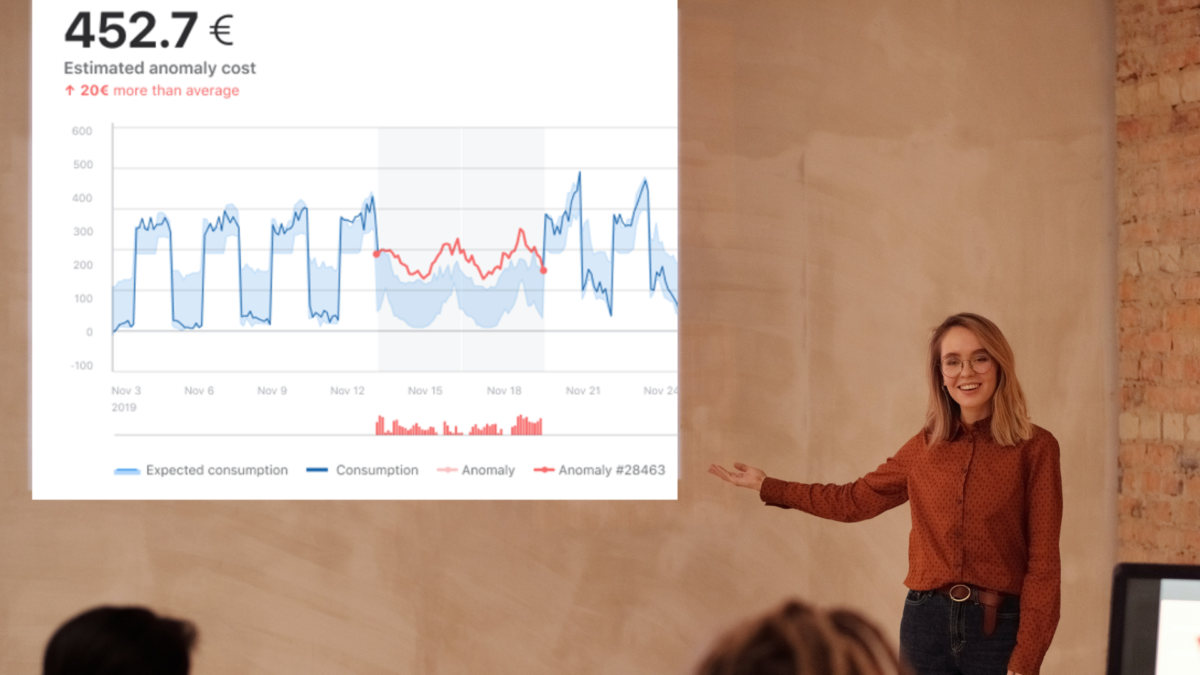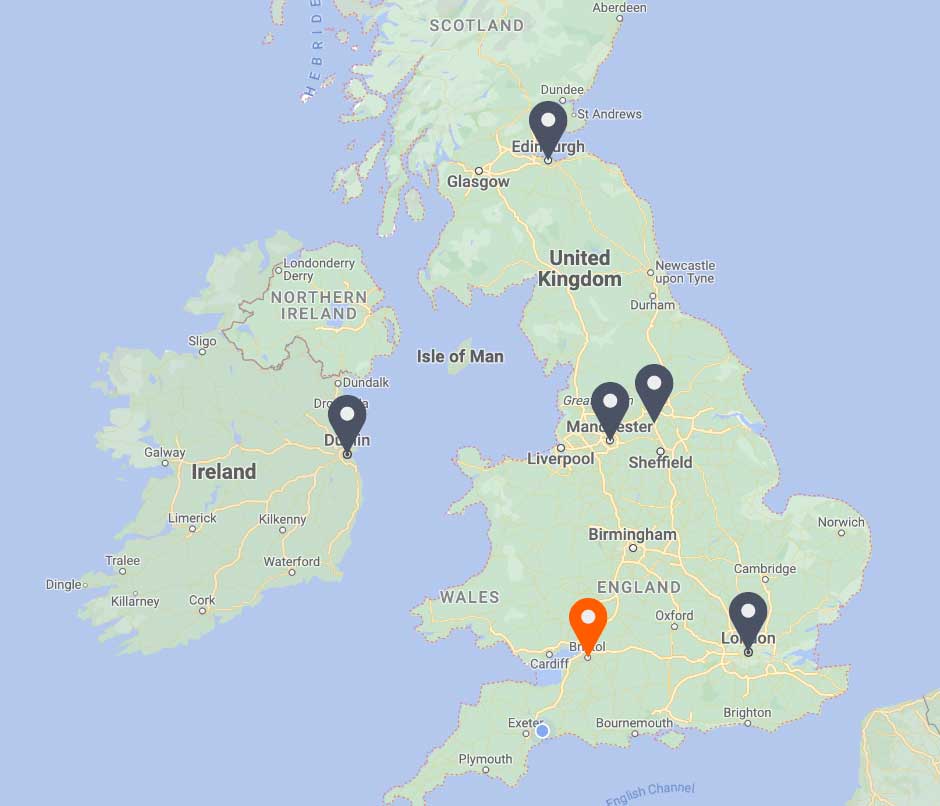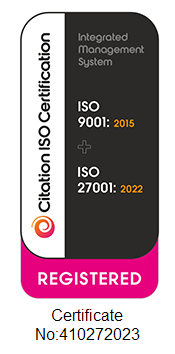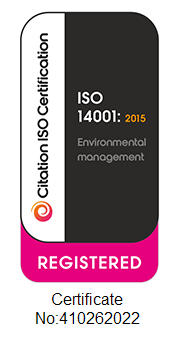
MEES | MINIMUM ENERGY EFFICIENCY STANDARDS
MEES | minimum Energy Efficiency Standards
- What is MEES?
- Read Our Latest Blog
What is MEES? | Minimum Energy Efficiency Standards 2023
The Energy Efficiency Regulations introduced the Minimum Energy Efficiency Standard (MEES) to England and Wales in March 2015. The Minimum Energy Efficiency Standards Regulations originate from the Energy Act 2011, which contained the previous energy efficiency policies, including the Green Deal. From 1 April 2023, landlords must not continue to let any buildings which have an EPC rating of less than E unless the landlord registers an exemption.
The UK government has been taking bold steps to tackle greenhouse gas emissions from the commercial property industry by introducing MEES (Minimum Energy Efficiency Standards). By addressing the inefficiencies of older buildings, which are significant contributors to GHG emissions, the Net Zero targets are becoming more achievable! With 18% of commercial properties in the UK holding the lowest EPC ratings of F or G, MEES will drive visible improvements in energy efficiency. While Building Regulations ensure that new properties meet current energy efficiency standards, MEES will focus on older buildings in England and Wales.
Which buildings does MEES apply to
Organisations need to check two sets of regulations out as references.
1. Energy Performance of Buildings 2012 (England and Wales)
2. MEES Regulations
Because the regulations interact in a complex way, it may create certain loopholes. To determine if your buildings are counted, the guidance from the British government provides explanations of how MEES will apply in particular circumstances, including leases of part of buildings.
Please note that buildings and tenancies under below conditions are not required to apply to MEES:
- Buildings which are exempted from an EPC, such as industrial sites, workshops, non-residential agricultural buildings with low energy demand, certain listed buildings, temporary properties and short-term holiday lets
- Buildings where the EPC is over 10 years old or where there is no EPC
- Tenancies of less than 6 months (with no right of renewal)
- Tenancies of over 99 years.
From April 2023, commercial landlords can't let properties with EPC ratings of 'F' or 'G'.
Landlords of commercial property in England and Wales should be aware of a change in the minimum energy efficiency standards (MEES) requirements. From 1 April 2023, it will be prohibited to let properties with an energy performance certificate (EPC) rating of ‘F’ or ‘G’ that are deemed sub-standard, irrespective of when the lease was first entered into. Please note that certain exemptions may apply.
It is important to note that even if a tenant holds over after the expiry of the contractual term, it will be counted as “continuing to let”. It is worth noting that since 1 April 2018, MEES has already applied to grant new leases or the renewal or extension of existing leases. While MEES does not restrict the sale of a sub-standard property, it is essential to recognise that the purchaser may inherit a problem if the property has a sub-standard rating. Landlords need to understand that a lease remains valid and in force even if a property is let (or continues to be let) in breach of MEES. However, landlords will breach MEES and be exposed to potential penalties unless an exemption applies. Although it is illegal to grant a new lease of a sub-standard rated property or to continue leases at such property from 1 April 2023, the unlawfulness refers to the potential penalties.
Landlords must take action to ensure that their properties comply with the new regulations, and they can also explore the available exemptions to avoid penalties.
What are penalties for unsuccessful compliance?
MEES compliance is mandatory for all property holders and comes with penalties for non-compliance. Local Weights and Measures Authorities (LWMAs) are responsible for enforcing these regulations and have the power to impose civil penalties on violators. You could be looking at a penalty equivalent to 10% of the property’s rateable value – a minimum of £5,000 and a maximum of £50,000. This amount increases to 20% of the rateable value, with a minimum of £10,000 and a maximum of £150,000, if the property continues to be rented out in violation of the regulations for more than three months.
It’s crucial to remember that even if a penalty is imposed due to a violation of the MEES Regulations, the lease between the landlord and the tenant remains valid and in force. As a result, ensuring compliance can avoid any legal or financial complications.
The Energy Efficiency Regulations introduced the Minimum Energy Efficiency Standard (MEES) to England and Wales in March 2015. The Mminimum Energy Efficiency Standards Regulations originate from the Energy Act 2011, which contained the previous energy efficiency policies, including the Green Deal. From 1 April 2023, landlords must not continue to let any buildings which have an EPC rating of less than E unless the landlord registers an exemption.
The UK government has been taking bold steps to tackle greenhouse gas emissions from the commercial property industry by introducing MEES (Minimum Energy Efficiency Standards). By addressing the inefficiencies of older buildings, which are significant contributors to GHG emissions, the Net Zero targets are becoming more achievable! With 18% of commercial properties in the UK holding the lowest EPC ratings of F or G, MEES will drive visible improvements in energy efficiency. While Building Regulations ensure that new properties meet current energy efficiency standards, MEES will focus on older buildings in England and Wales.
Beyond MEES | We guarantee successful MEES compliance and energy savings.
Go beyond MEES! Our energy consultants will review your EPC portfolio and conduct energy assessments to discover more efficiency improvements. We will guide you through the most appropriate route to compliance and ensure any sites within PRS exemptions are reported to the BEIS register. In the meantime, we will then assess your level of risk and provide a detailed roadmap of improvements to ensure you achieve compliance and mitigate obsolescence risk – assisting you in delivering these improvements, too, should you require.
The difference between achieving one EPC rating and the next can be influenced by several factors, which are often marginal. Our team of Chartered Engineers, Chartered Energy Engineers, Chartered Energy Managers, ISO 50001 Lead Auditors and ESOS Lead Assessors will guide you through the requirements of MEES and provide you with the necessary insight and assistance to address any risks for your portfolio.

Reminder
At the moment commercial buildings have an energy efficiency rating that goes from A – G. (F and G are the worst performing.) What the new law will do is to introduce a minimum standard of E and that means that buildings cannot be rented out unless they meet that standard.
Together, we can create a brighter, more sustainable future for all.
Teamwork makes Net Zero achievable! We are ready to join your green journey.
the benefits of carbon reporting
Carbon Reporting leads you to a sustainable future
Accelerating Net Zero Progress: Utilising Data Models for Effective Planning and Carbon Reporting.
Steps to Net Zero: Measuring Emissions and Starting Your Journey
Why MEES?

REDUCE ENERGY BILLS
Identify real opportunities for decarbonisation and energy savings.

REDUCE CARBON EMISSIONS
arbon reporting enables your business to outline CO2
reduction plans for Scope 1, 2 and 3.

IMPROVE HEALTH AND WELLBEING
Reports give you the access to unlock energy wastes and improve energy efficiency.









































































